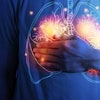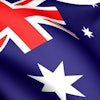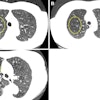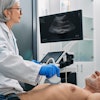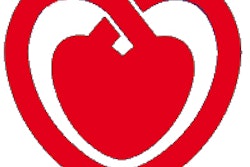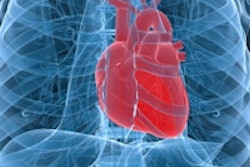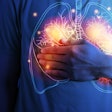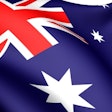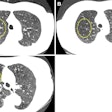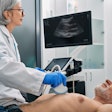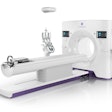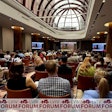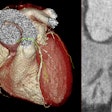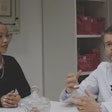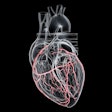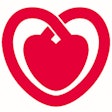Dear Cardiac Insider,
Aiming to foster radiation dose awareness among cardiologists, the European Society of Cardiology has published a new position paper strongly urging the cardiology community to cut the dose.
Radiation exposure to the population from medical imaging exams now exceeds that of annual background radiation levels, and cardiac imaging accounts for 40% of total medical dose, wrote the authors from several leading centers in Europe. Moreover, they said, most physicians grossly underestimate actual radiation dose levels for the most common cardiac imaging tests.
The paper, and our article highlighting its recommendations, offers tips and advice on using the right exam and the right dose for every patient. For the rest of the story, click here.
These days, of course, plenty of imaging is being performed using protocols that maximize diagnostic utility while minimizing dose. Advanced iterative reconstruction alone is reducing exposure dramatically in many European centers.
Yet, there have been concerns about whether iterative reconstruction might skew the results in some highly sensitive studies -- for example, when CT is used to assess plaque composition in a setting where Hounsfield unit values differ very little among plaque types. Dutch researchers decided to explore the issue. See what they found here.
The same group also wondered whether CT calcium scores are consistent across scanner models, inasmuch as consistent results are key to determining if a patient's calcium burden has increased since the last scan. Unfortunately, they found that calcium scores very much depend on the scanner manufacturer, according to results you'll find here.
These days energy drinks have spread like iPhones across the land, but new evidence from MRI exams suggests that cardiac function changes markedly after the drinks are consumed. Should we be worried? Learn more about their effects in an article by staff writer Wayne Forrest that you'll find here.
Finally, a new study finds that 320-detector-row CT is equivalent to SPECT myocardial perfusion imaging for gauging cardiac perfusion, another sign that some lower-dose options may finally be poised to put a dent in the nuclear cardiology trade.
We invite you to scroll through the links below for the rest of the news, right here in your Cardiac Imaging Digital Community.
